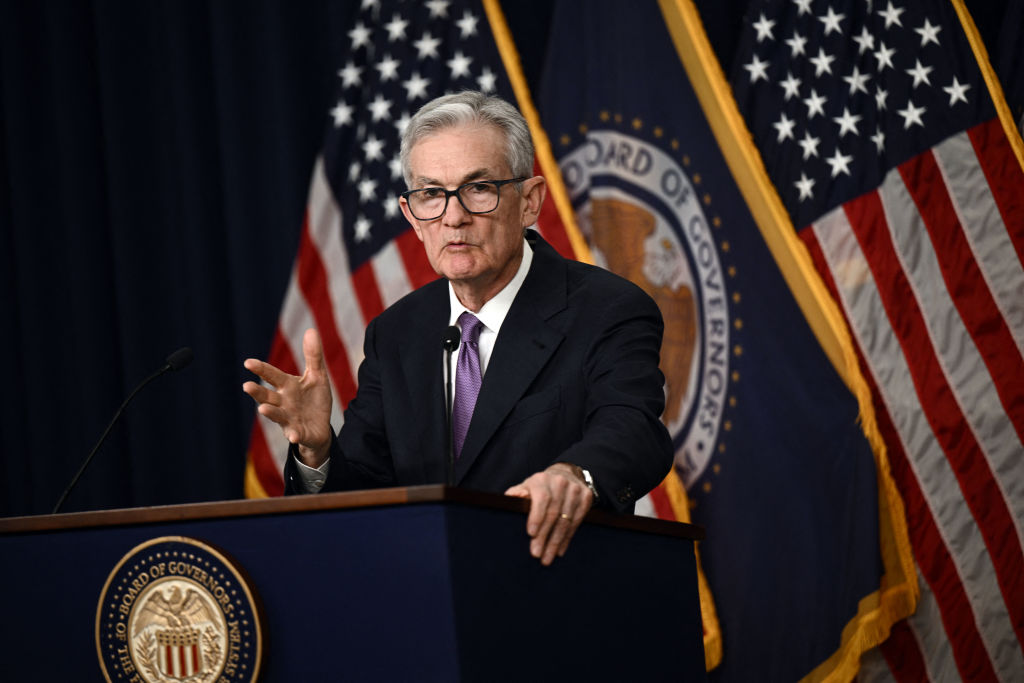Next week, they’re likely to lower interest rates. It seems like everyone expects it to happen.
Why should you care? Because a rate cut affects your life. It can change your mortgage, credit card payments, and business loans. It can even affect your retirement savings. So, what’s behind this decision, and why is it happening now?
Why the Fed Is Likely to Cut
The U.S. economy isn’t growing as fast as it used to. Job growth has slowed, and companies aren’t hiring as much. Inflation, which has been tough on families, has cooled off a bit. Prices are still high, but they’re not going up as quickly. The Fed has to decide: Do they keep rates high and risk slowing the economy too much? Or do they lower rates to give people and businesses some breathing room? Most think the Fed will cut rates soon.

What the Numbers Say
A recent survey of economists showed almost all of them believe the Fed will lower rates by 0.25% at their next meeting. Some even think there will be another cut before the end of the year. For months, the Fed has been trying to balance inflation with economic growth. Too much inflation hurts your wallet, but too much of a slowdown can lead to job losses. Right now, it looks like the Fed is focusing on growth.
What This Means for You
Let’s get down to what this means for you.
If you have credit card debt, your interest rates might go down a bit. Mortgages, car loans, and personal loans could also get cheaper. This could really help families who are struggling to pay their bills. Imagine a restaurant owner who has been putting off expanding because borrowing money is too expensive. A rate cut could let him finally open a second location. This kind of thing could happen for many businesses, giving the economy a boost. But there’s a downside. Lower rates usually mean you won’t earn as much on savings accounts and bonds. This can be hard on retirees who depend on that income. So, there’s a tradeoff.
Wall Street Is Happy For Now
Investors are excited. Stock prices went up when the rumors of a rate cut started. Why? Because when it’s cheaper to borrow money, companies invest more, grow faster, and earn more. Investors want to get in on that. Some people worry that cheap money can lead to risky loans and bubbles. It’s like giving a kid too much candy it’s fun for a while, but it can cause problems later.
Some Disagree
Some economists aren’t happy about the idea of cutting rates. They say inflation is still a problem. If rates are cut too soon, prices could go up again. Others are worried about the dollar’s value. Lower rates could weaken it, which affects trade and travel costs. What seems like a quick fix could create new problems. It’s a risk, and the Fed knows it.
The Real Impact
Let’s forget about the numbers for a minute and talk about real people. A single mom says she’s struggling with credit card debt. If the rates go down even a little, it helps me catch up. A young worker wants to buy a car but can’t afford the loan. A rate cut could make it possible. On the other hand, a retired teacher depends on her savings account for income. Lower rates mean she’ll earn less. I feel left out, she says. This is the challenge the Fed faces. What helps some people hurts others.
What Happens Next?
The Fed meets next week. If they cut rates, expect to see changes. Ads for lower mortgage rates. New plans from small businesses. Optimism in the stock market. But also expect questions. Will this cause inflation to rise again? Will the Fed cut rates more than once this year? And how long will the relief last? The truth is, no one knows for sure. The Fed is trying to guide the economy through a lot of uncertainty.
The Bottom Line
The Fed’s expected rate cut is about more than just numbers. It affects real people, families, businesses, and retirees. The decision next week could change how we spend, borrow, save, and plan for the future. For now, most people think a rate cut is coming.
But the big question is: Will it be enough to keep the economy growing without causing new problems?






